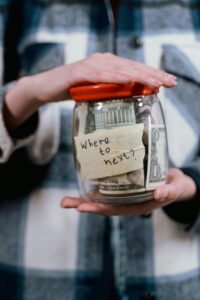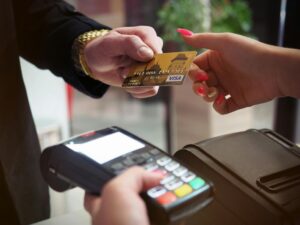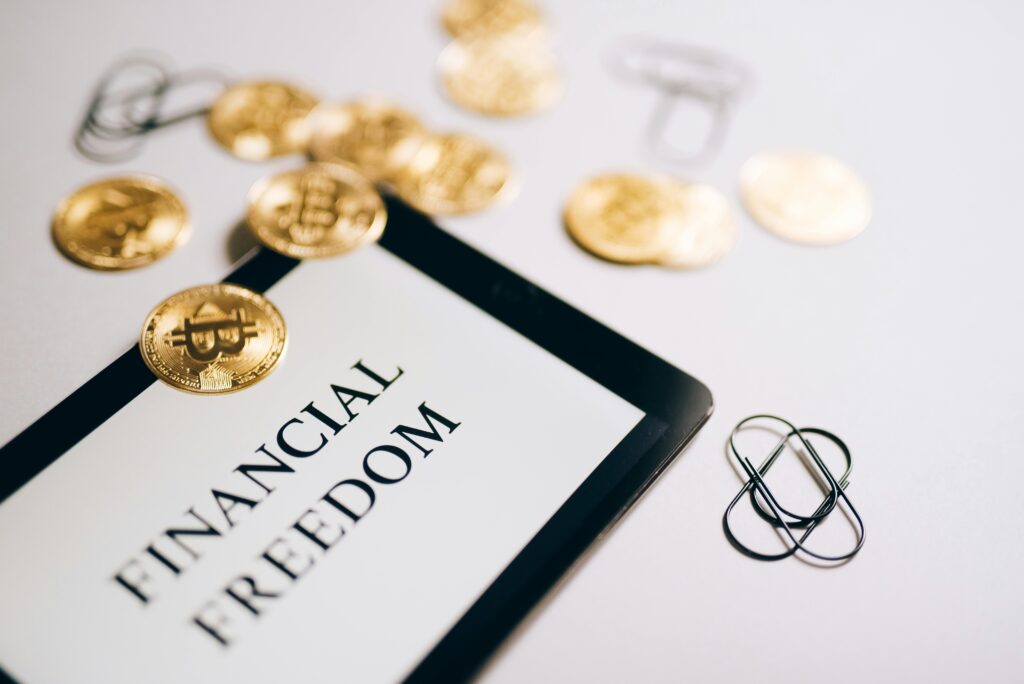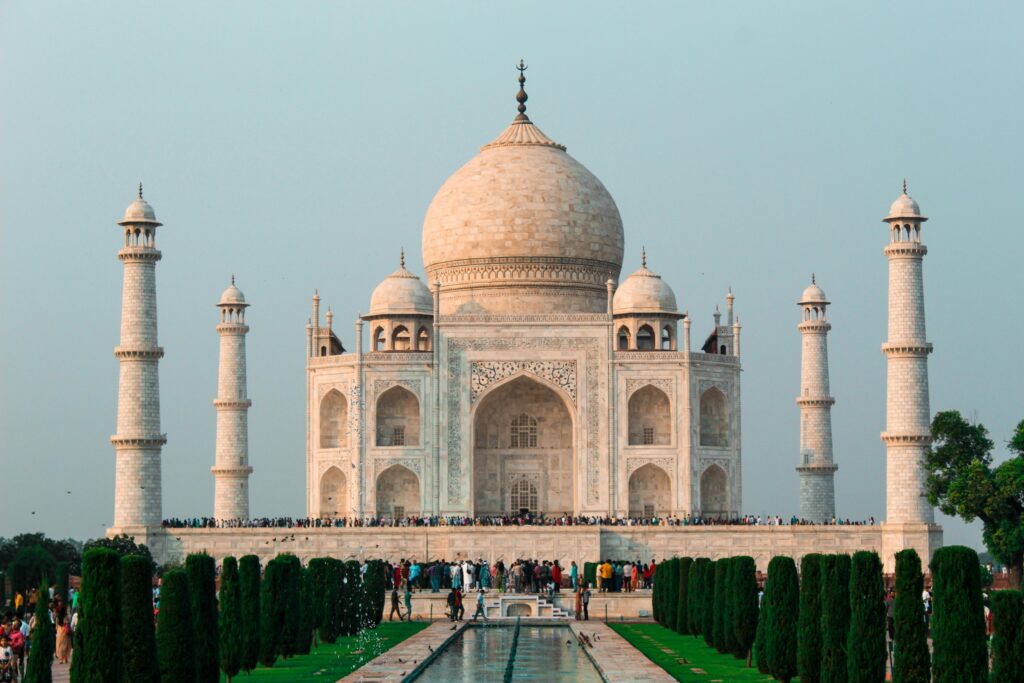Financial independence is not just a popular buzzword—it’s a lifelong dream that offers the assurance of freedom, peace of mind, and the ability to live life on your own terms. On its most basic level, financial independence means having enough savings, investments, and passive income to cover your living expenses for the rest of your life without having to depend on a paycheck.
It’s a question of creating a financial cushion that enables you to make choices based on what you love, not what you owe. The journey to financial freedom begins more often than not with a change in mindset. It starts by recognizing that money is a tool—not the end goal, but a means for experiencing a wealthier, more meaningful life. People who pursue financial freedom are more interested in experiences than things, in long-term value than short-term reward, and in freedom more than routine

The very first step to financial freedom is budgeting. Knowing where your money is spent every month is crucial.
A clear and realistic budget helps you cut out unnecessary expenditure, boost your rate of saving, and invest funds. A general rule of thumb is the 50/30/20: 50% of income on necessities, 30% on discretionary spending, and 20% saved or invested. However, those striving aggressively for financial independence try saving 40% to 70% of their income.
Eliminating debt is also a necessary step. Credit card or payday loan debt with high interest rates can leave you in a situation of financial duress. Eliminating these debts frees up money that can be invested or saved. The “snowball” method of paying off the smallest balances first or the “avalanche” method of paying off the highest interest rate first can be useful techniques.
Investing is the key to financial freedom. It always requires saving money, but investing it wisely makes your wealth increase over time with compound interest. In stocks, bonds, mutual funds, real estate, or even retirement savings instruments such as IRAs and 401(k)s, the idea is to invest early and regularly. The more prolonged and diversified the investments, the greater the returns with the lowest risk.
Living beneath your means and avoiding lifestyle inflation is a characteristic shared by many financially independent people. As earnings grow, it’s easy to inflate your lifestyle—but this tends to postpone or derail financial objectives. Rather, keeping a simple lifestyle and boosting savings can hasten your path to independence.
Lastly, becoming financially independent requires discipline and patience. It is not something that happens overnight but rather a process that can take years, even decades. The rewards, however, are immense. Being financially independent, you will have the freedom to retire early, start your own company, travel the world, or simply spend more time with family. Financial independence, in brief, is taking up the challenge of controlling your finances today in order to create a freer and more secure tomorrow. Through prudent planning, intelligent spending, regular investing, and the appropriate mindset, anyone can set the foundation for a future when money will no longer be a nagging worry but rather a tool serving a purposeful and meaningful life.



